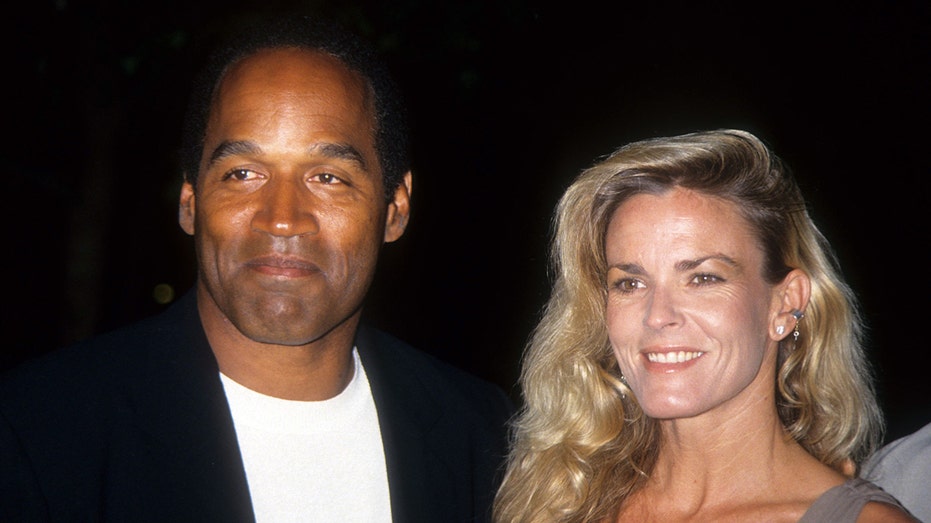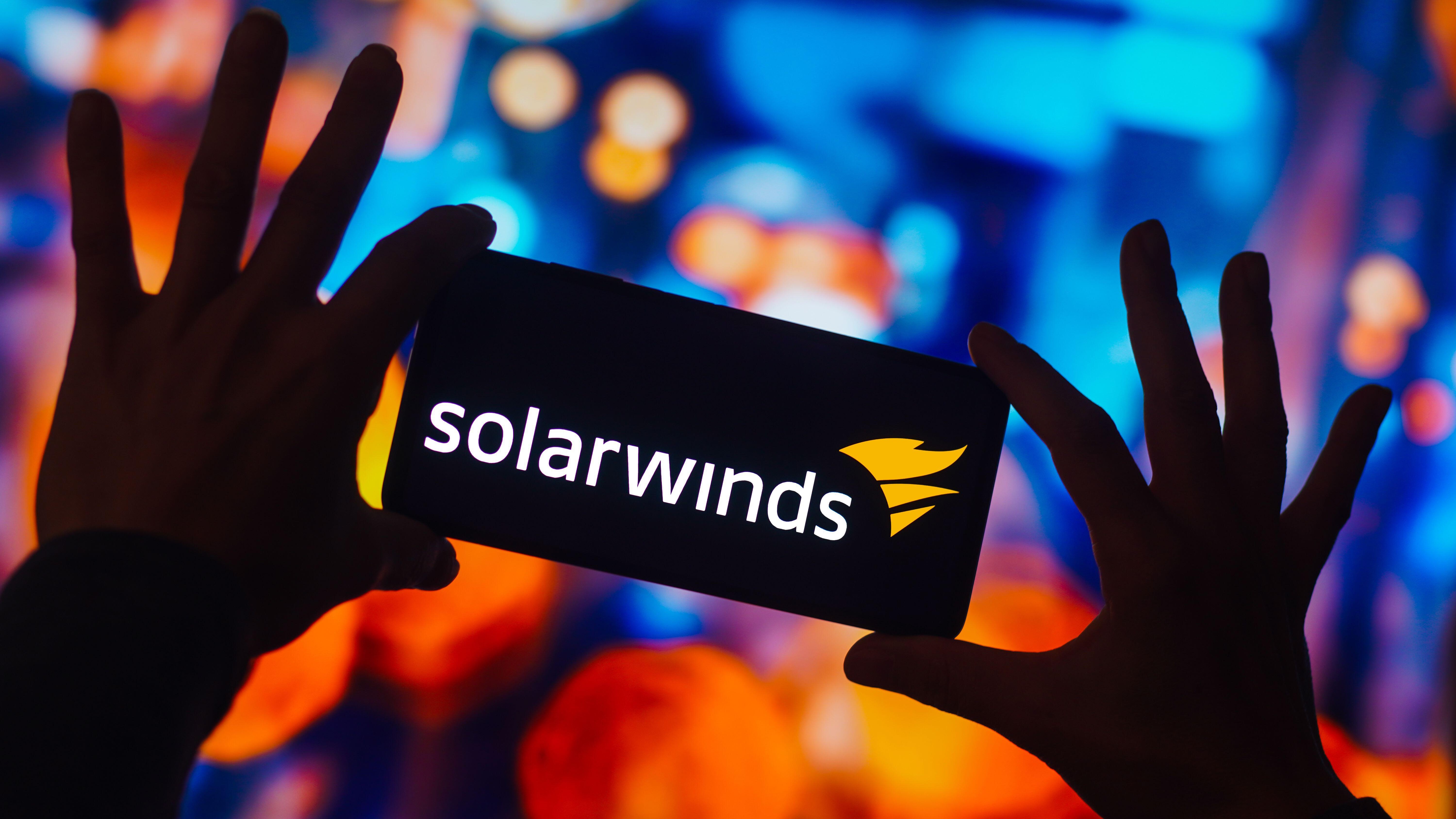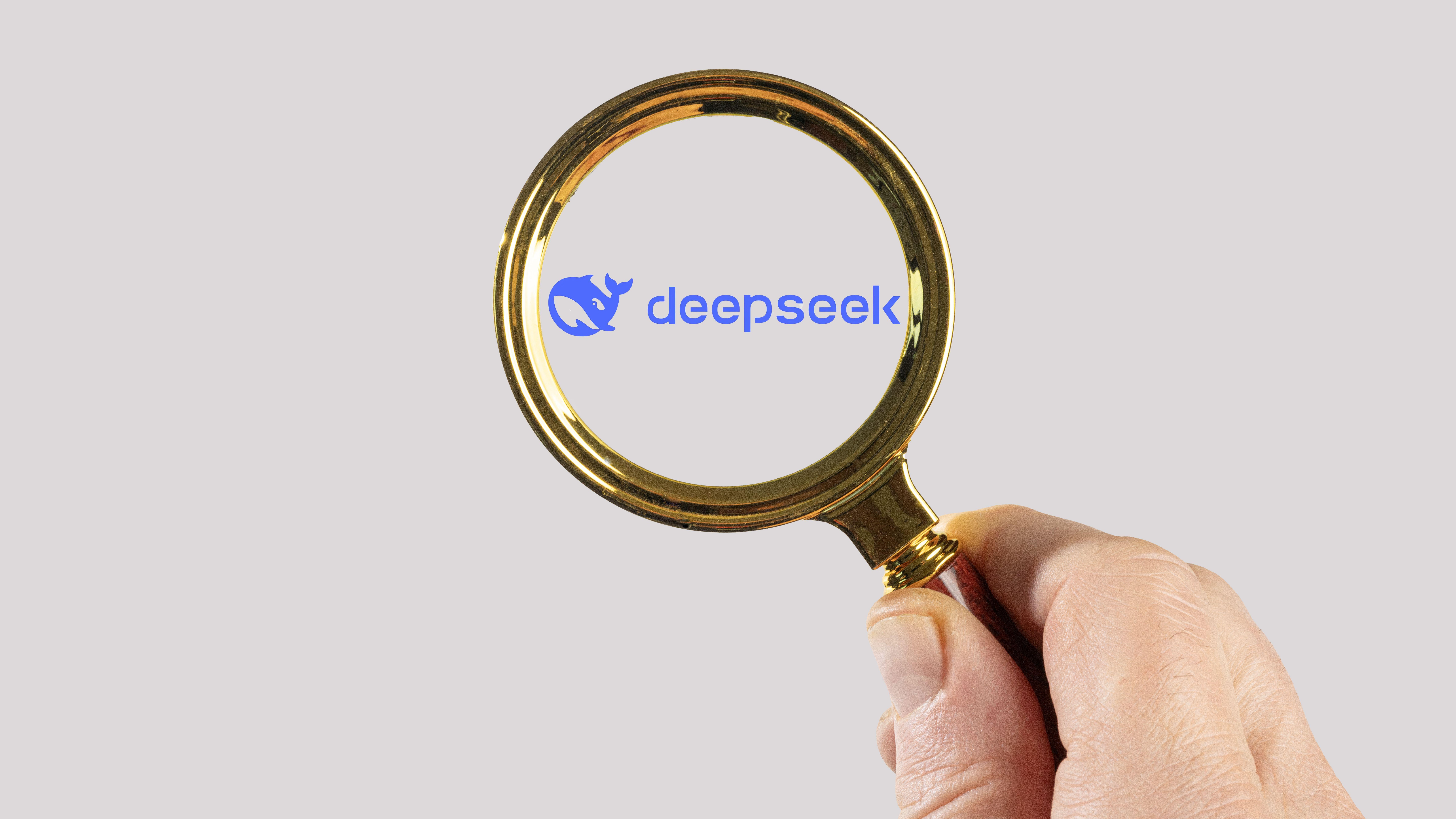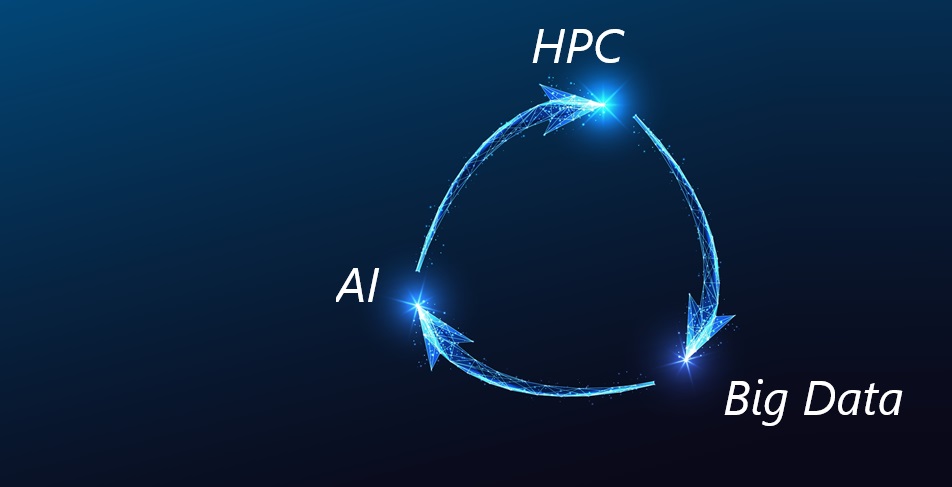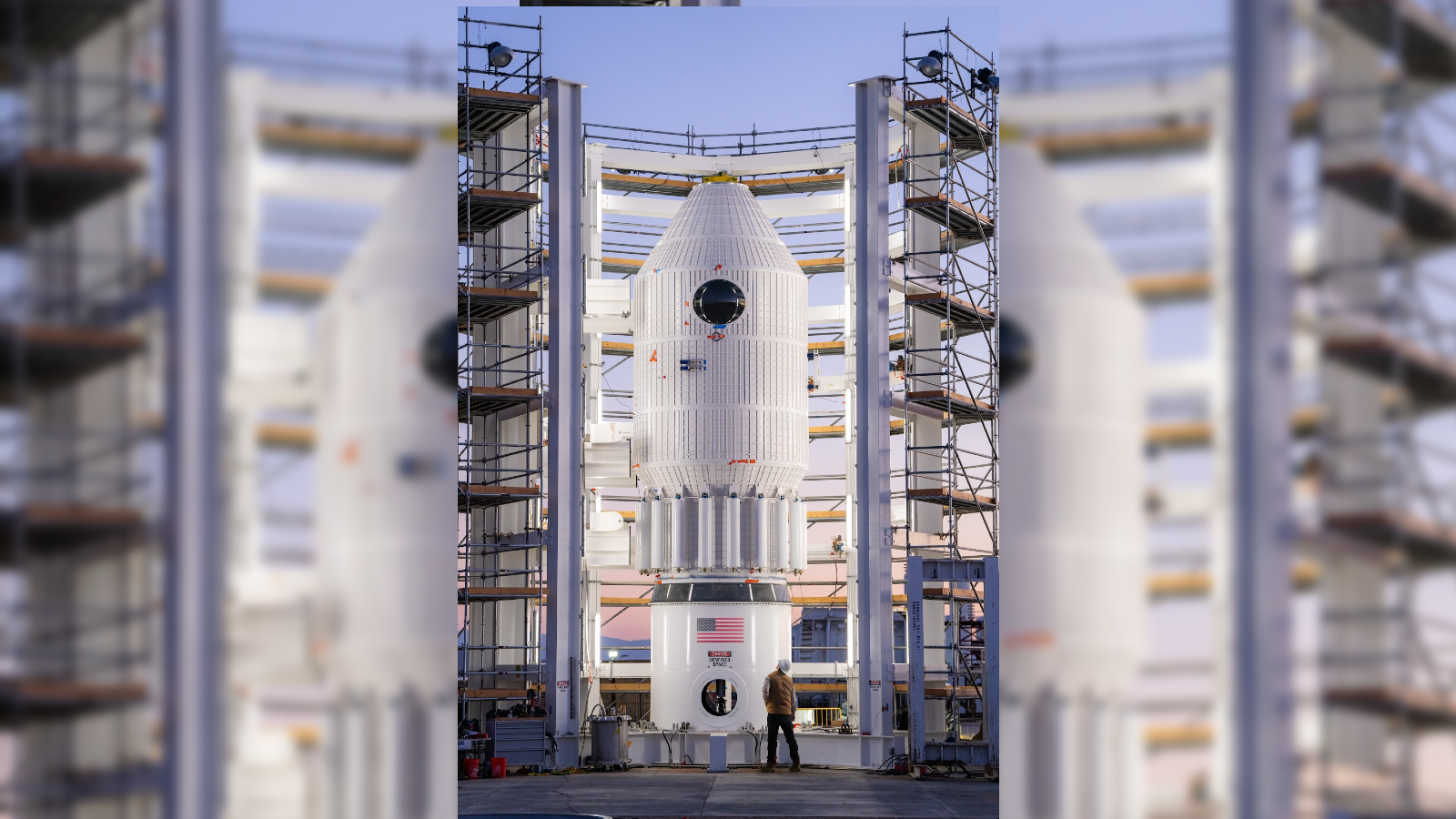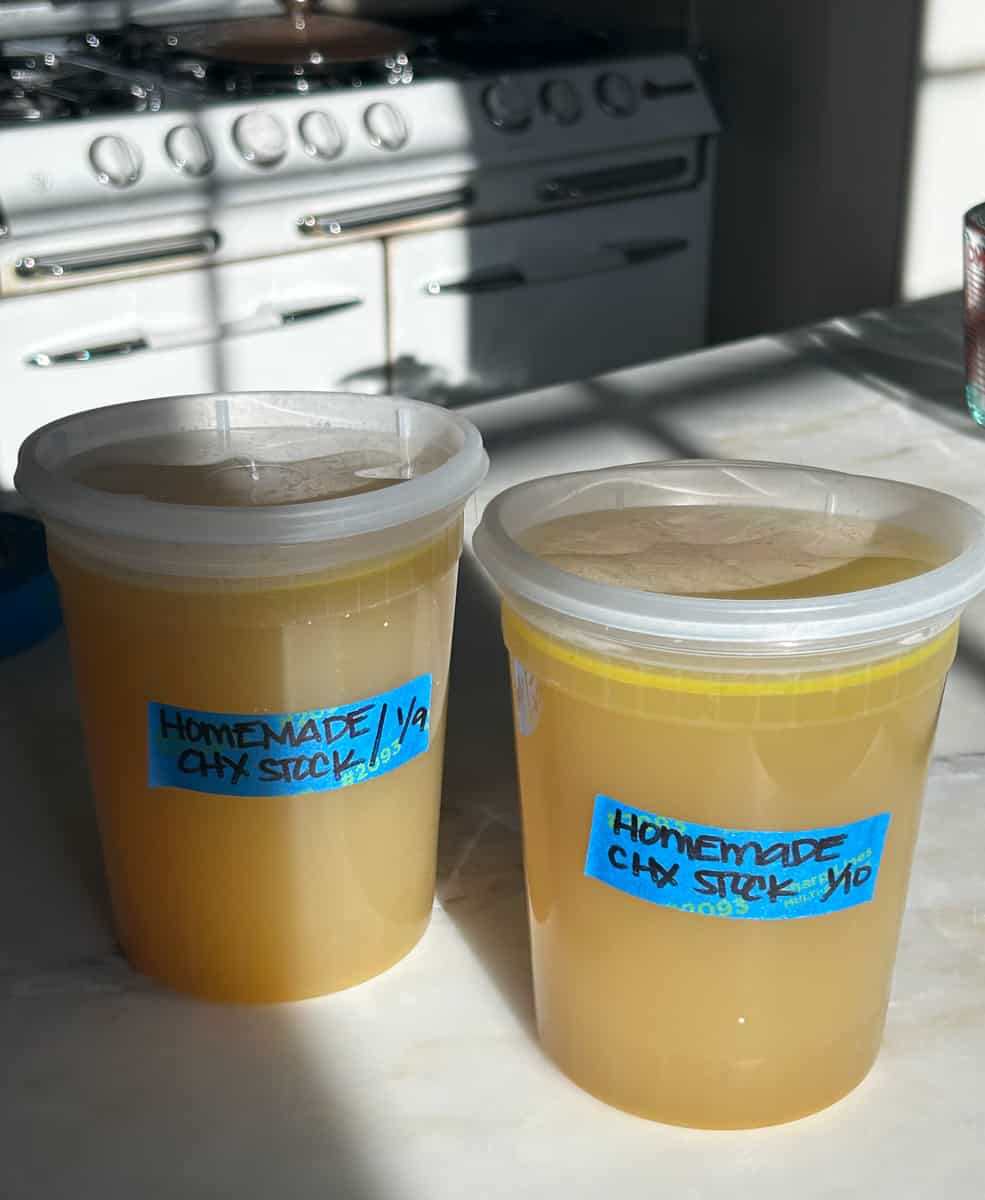Learning in an Age of Information
Learning today feels like being dropped into a library where every book claims to have the perfect answer. There are endless roadmaps, courses, and YouTube videos, each telling you what to do and what to avoid. I keep jumping between them, trying to make sense of it all, hoping to find some structure. Some days, it feels like I’m making progress. On other days, I wonder if I’m just going in circles. But maybe that’s just part of it—figuring things out as I go, even if it’s messy. The Challenge: Sorting Through the Noise It’s not just that there are too many choices—it’s that they all seem important. Every instructor claims their way is the best. Every roadmap promises the clearest path. Every video warns against wasting time on the “wrong” things. Instead of learning, we end up filtering, comparing, and second-guessing. The fear of choosing incorrectly keeps us stuck in place, making us believe there’s a perfect method we just haven’t found yet. The Trap of Rushing the Process Even after narrowing things down, there’s another trap—wanting results too quickly. Once we pick a path, we expect instant progress, and when things don’t click right away, we assume we made the wrong choice. But learning isn’t just about finding the right resources; it’s about giving ourselves the time to struggle, to experiment, and to make mistakes. The rush to “get there” often leads us right back to the start, searching for yet another perfect roadmap. Choosing What to Focus On The real challenge isn’t just having too many choices—it’s deciding which ones to follow. It’s easy to get caught up in researching, watching, and planning without ever really committing to a direction. So instead of trying to find the absolute best path, maybe the goal should be to pick something and follow through. Before diving deep, it helps to sample different resources, test different approaches, and see what resonates. But at some point, the real learning happens when we stop browsing and start focusing. Try first, commit later → Exploring different options is fine, but eventually, we need to settle on a few and stick with them. Limit your inputs → Too much information can be paralyzing. Choosing a handful of reliable sources can make learning more manageable. Doing beats knowing → Watching endless tutorials won’t replace hands-on experience. The sooner we start building, the better we learn. Conclusion Navigating an overwhelming amount of information isn’t about finding the one perfect source—it’s about knowing when to stop searching and start doing. Instead of stressing over making the perfect choice, it’s better to explore, try, and see what works. Some approaches will click, others won’t, and that’s okay. What matters is moving forward, learning through action, and giving yourself the time to figure things out your way. I hope reading this doesn’t just add more confusion to your already full list of ideas and resources. But if it does, well… welcome to the club.

Learning today feels like being dropped into a library where every book claims to have the perfect answer. There are endless roadmaps, courses, and YouTube videos, each telling you what to do and what to avoid. I keep jumping between them, trying to make sense of it all, hoping to find some structure. Some days, it feels like I’m making progress. On other days, I wonder if I’m just going in circles. But maybe that’s just part of it—figuring things out as I go, even if it’s messy.
The Challenge: Sorting Through the Noise
It’s not just that there are too many choices—it’s that they all seem important. Every instructor claims their way is the best. Every roadmap promises the clearest path. Every video warns against wasting time on the “wrong” things. Instead of learning, we end up filtering, comparing, and second-guessing. The fear of choosing incorrectly keeps us stuck in place, making us believe there’s a perfect method we just haven’t found yet.
The Trap of Rushing the Process
Even after narrowing things down, there’s another trap—wanting results too quickly. Once we pick a path, we expect instant progress, and when things don’t click right away, we assume we made the wrong choice. But learning isn’t just about finding the right resources; it’s about giving ourselves the time to struggle, to experiment, and to make mistakes. The rush to “get there” often leads us right back to the start, searching for yet another perfect roadmap.
Choosing What to Focus On
The real challenge isn’t just having too many choices—it’s deciding which ones to follow. It’s easy to get caught up in researching, watching, and planning without ever really committing to a direction. So instead of trying to find the absolute best path, maybe the goal should be to pick something and follow through. Before diving deep, it helps to sample different resources, test different approaches, and see what resonates. But at some point, the real learning happens when we stop browsing and start focusing.
- Try first, commit later → Exploring different options is fine, but eventually, we need to settle on a few and stick with them.
- Limit your inputs → Too much information can be paralyzing. Choosing a handful of reliable sources can make learning more manageable.
- Doing beats knowing → Watching endless tutorials won’t replace hands-on experience. The sooner we start building, the better we learn.
Conclusion
Navigating an overwhelming amount of information isn’t about finding the one perfect source—it’s about knowing when to stop searching and start doing. Instead of stressing over making the perfect choice, it’s better to explore, try, and see what works. Some approaches will click, others won’t, and that’s okay. What matters is moving forward, learning through action, and giving yourself the time to figure things out your way.
I hope reading this doesn’t just add more confusion to your already full list of ideas and resources. But if it does, well… welcome to the club.

